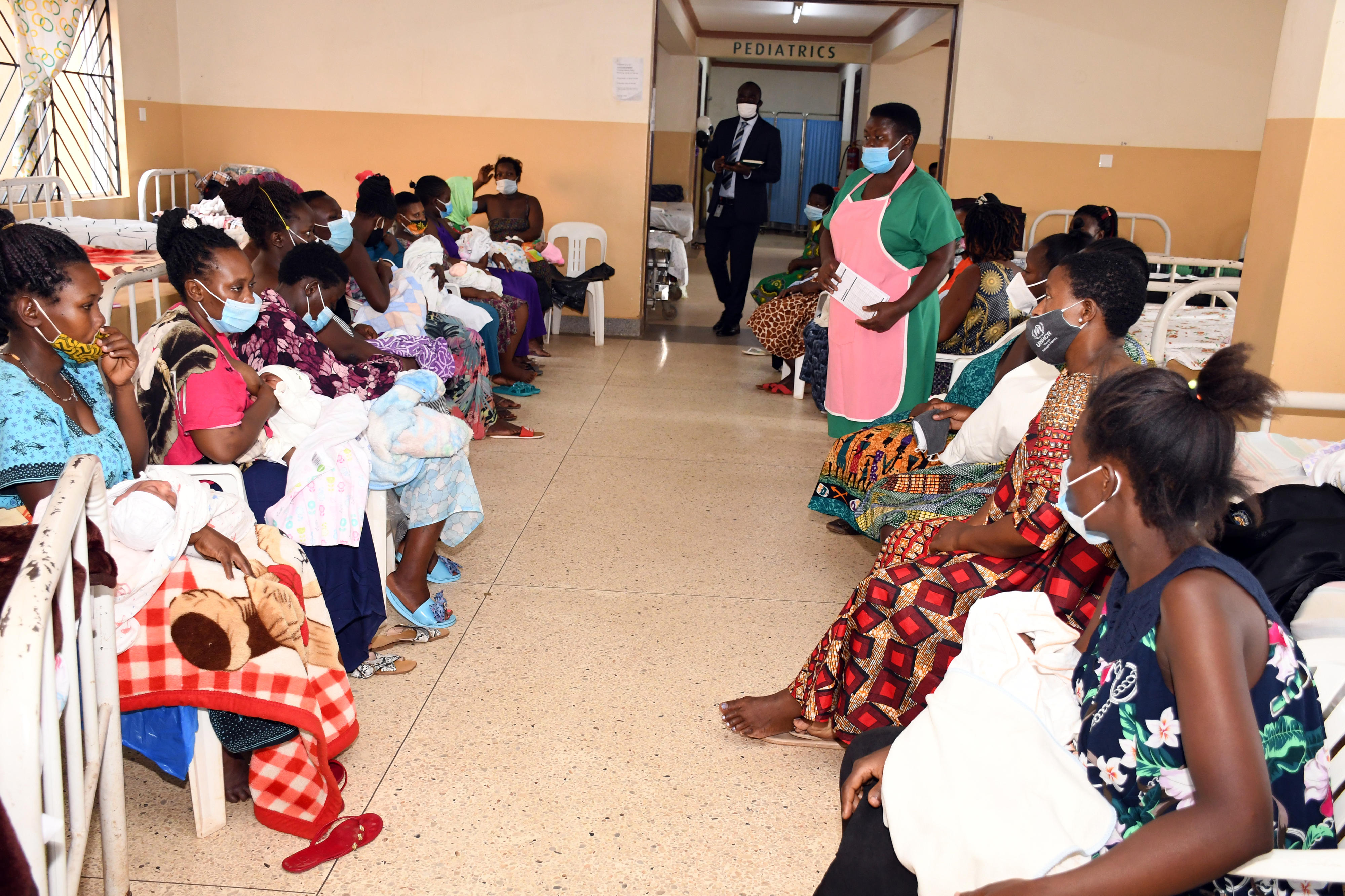Prime
Eyes on economy: How the first quarter of 2019 fared

Despite forecasts predicting robust growth for Uganda’s economy in 2019, performance in the first quarter has been mixed. Growth in quarter one has been characterised by falling export earnings, rising inflation and a slowdown in private sector credit growth. Expectations about the health of the economy and the business environment remain positive and optimistic, despite risks to the outlook tilting towards the upside due to unfavourable weather conditions, trade disruptions and other international developments.
Monetary policy, inflation and interest rates
Inflation has been on the rise with the annual headline inflation increasing from 2.7 per cent in January to 3 per cent in March 2019 having ended the year at 2.2 per cent. This trend has largely been driven by core inflation, prompting the Central Bank to maintain its policy rate, the Central Bank Rate (CBR) at 10 per cent. Inflationary risks continue to rise due to delays in rains and the heat wave that hit some parts of the country. The prevailing weather conditions are likely to affect agriculture production and overall food prices. Inflation is also likely to be influenced by exchange rate movements due to reduced export earnings resulting from trade disruptions particularly from border tensions with Rwanda as well as declining financial inflows from donors. However, the rise in inflation is expected to stay within range of the Central Bank’s target of 5 per cent. As such, the accommodative monetary policy is expected to continue in the near future.
Government borrowing and private sector credit
Private sector credit saw a 0.6 per cent decline from Shs14,223.7b in December 2018 to Shs14,135b in February 2019. Sectoral analysis shows that whereas agriculture, trade, transport and communication, electricity and water, community, social & other services saw a decline, there was growth in credit extended to mining and quarrying, manufacturing, building, mortgage, construction and real estate, business services as well as personal loans and household loans. The overall drop in private sector credit was driven by cyclical reductions in demand following the festive season and a slight rise in lending rates (from 20.2 per cent in December to 21.4 per cent and 21.1 per cent in January and February 2019 respectively.
On the other hand, credit to government rose by 14.9 per cent from Shs2,862.1b in December 2018 to Shs3,288.0b in February 2019 despite an observed decline in treasury bill rates and a rise in lending rates. The 91-day Treasury Bill Yield and the 364-day Treasury Bill Yield averaged 10.3 and 12.4 per cent respectively in the first quarter of 2019 compared to 11.1 and 13.3 per cent recorded in last quarter of 2018. However, these rates are expected to rise due to expected increases in government borrowing to fund supplementary budgets as we come close to the end of the financial year and the budgeting cycle. The increase in government borrowing could further affect lending interest rates as well as the growth of private sector credit.
Real Sector Indicators
Real sector indicators show increased optimism and positive expectations regarding the health of the economy. The Business Tendency Index and the Composite Index of Economic Activity collected by BoU have been on an upward trend throughout the quarter under review. The monthly Business Tendency Index increased from 59.5 in January 2019 to 59.8 in March 2019. However, there is pessimism regarding access to credit and the financial situation of businesses.
External Sector performance
Total exports of goods declined by 0.7 per cent from $304.2m in December 2018 to $300.4m in February 2019 while exports of services declined by a wider margin of -26.1 per cent from $161.9m to $128.4m over the same period. Disruptions in regional trade particularly with Rwanda and the changes in global demand as well international commodity prices, are likely to further impact on Uganda’s export earnings. Meanwhile, the import bill declined faster than the fall in export receipts pushing the trade deficit down from $267.2m in December 2018 to $203.8m in February 2019.
Imports of services reduced by 2.7 per cent ($224.5m) to $218.6m over the same period.
Inflows from donor loans and grants have also been on the decline from $164.3m in December 2018 to $60.8m and $88.5m in January and February 2019 respectively.
The reductions in financial inflows are likely to impact the exchange rate and consequently other macroeconomic variables in the medium term unless marched by decreased financial outflows.
What can be done
If the country is to continue on a path of robust growth, policies and actions that mitigate against the rising risks to the economic outlook have to be employed. Government and other stakeholders need to improve complementary services that support the sector that employs most Ugandans-agriculture. This could be attained through increasing the coverage of the agriculture insurance scheme and investment in the water for production in agriculture. Regional disputes that disrupt trade need to be resolved quickly to ensure growth in exports. Government also needs to adopt policies that crowd in the domestic private sector (ensure participation on nationals and local companies), especially when it comes to the procurement of large infrastructural projects.
Mr Lwanga is head of research and market
development, Uganda Bankers’ Association.
[email protected]




